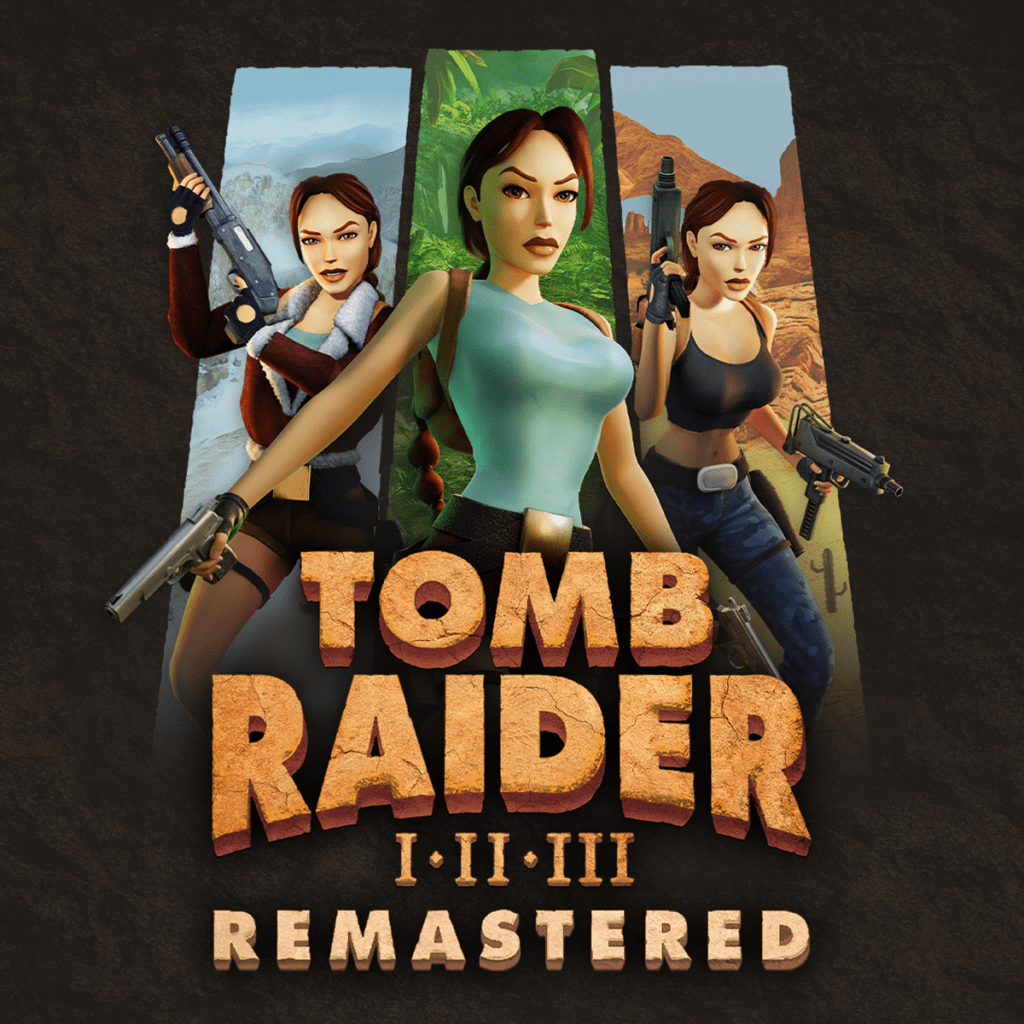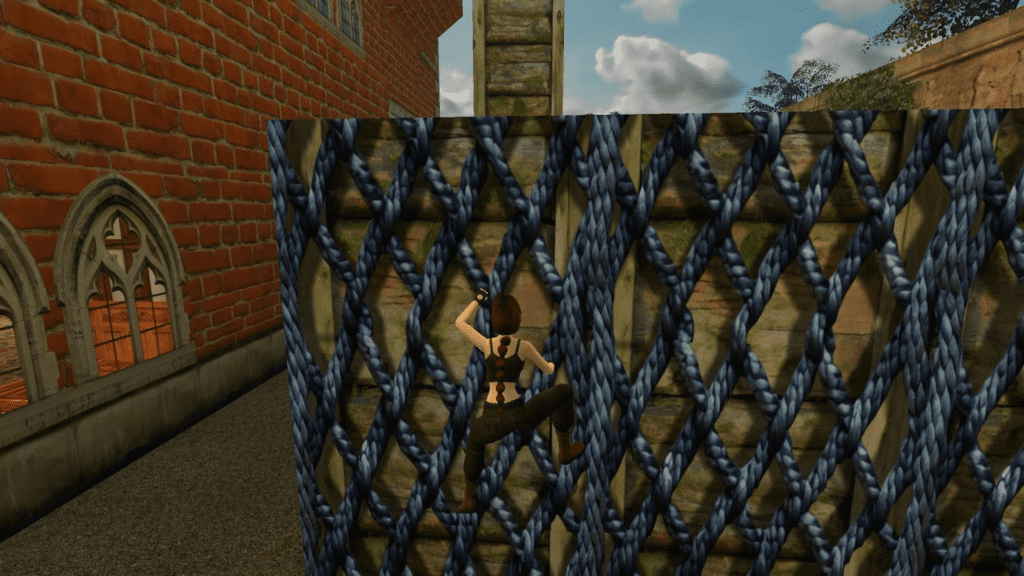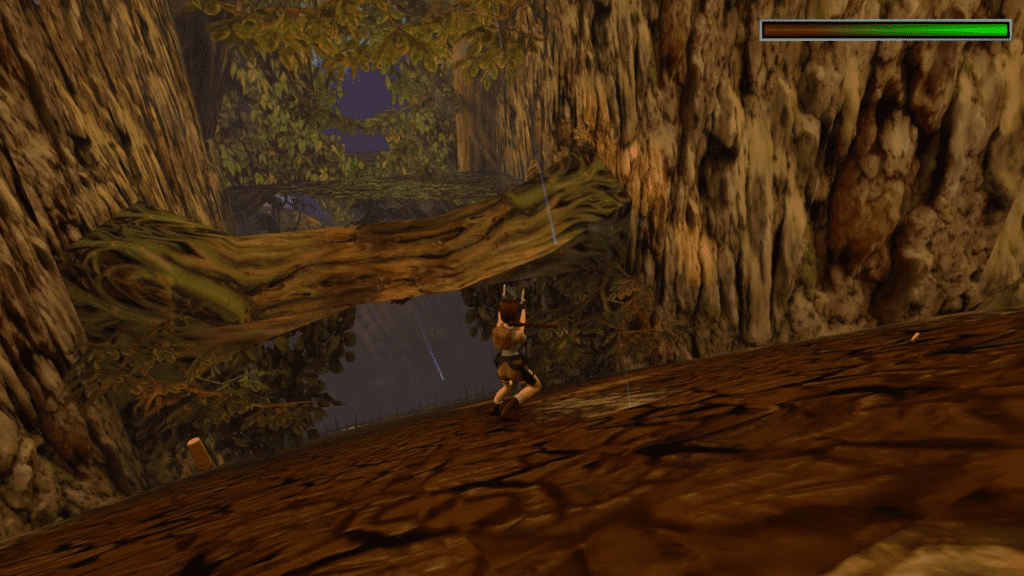
Initial release date: February 13, 2024
Platforms: Nintendo Switch, PlayStation 4, PlayStation 5, MORE
Mode: Single-player video game
Genres: Action-adventure game, Puzzle, Shooter game, Adventure
Developers: Aspyr, Crystal Dynamics, Core Design
Publisher: Aspyr
Series: Tomb Raider
Without a doubt, one of my all-time favorite video game heroes is Lara Croft. Before my parents bought me a contemporary gaming system, I spent endless hours playing the original Tomb Raider games on the PlayStation One as a child. I also adored the Tomb Raider trilogy as a teenager, and as an adult, I’ve modeled my real-world armament after the weaponry she carried. For the record, I’m not a weirdo who finds her attractive or anything, but even though she works in a comparable virtual field as Indiana Jones, she’s far more cool and attractive. She is, in my opinion, an almost flawless lead character that personifies everything that makes action-adventure video games great. Needless to say, when I found out that the trilogy I had loved as a prepubescent was being remade, I was eager to play as her again. However, after a few hours of level-beating in that remake, I’m happy to recall her as a dual-wielding badass rather than the protagonist of three games that, despite receiving a fresh coat of paint, haven’t held up over time.
You see, Tomb Raider I–III Remastered isn’t inherently flawed. The game does a fantastic job of modernizing the antiquated graphics of the original title; the option to save and load at whim is greatly valued; and the fact that it operates on current computers (or Xbox systems, PlayStation 5, or Nintendo Switch) without the need for an emulator or modifications is, to put it mildly, welcome. Anybody would have hoped to be able to beat dozens of missions without having to worry about black bars, blocky textures, or having to use your arrow keys to move around. The two decades-old Tomb Raider I, Tomb Raider II, and Tomb Raider III and their respective expansion packs have long since started to show their age, especially when it comes to their graphics and resolution settings. Thus, considering only the technological aspects, the $30/£25 game is a success.

Play about at Lara’s mansion, since it unlocks several essential memories and acts as a tutorial for those who are new to tomb raiding games.
The problem with it is that it’s a failure when seen from an untechnical standpoint, which includes everything else about it. Even if I really enjoyed the games before I was able to support myself financially or before my parents let me eventually use my allowance to buy an Xbox 360, they are simply not that excellent. There are some very problematic components in their tales, their gunplay is extremely mediocre, and their levels aren’t very pleasant. To put it another way, they’re not that amazing unless you’re listening to them merely to relive the past. While they aren’t horrible, and the title character Lara Croft is just as amazing as she was in the early 2000s, it’s just not pleasant to solve tedious riddles or shoot stupid artificial intelligences while exploring disorienting locations as a female Indiana Jones.
Once more, this is not the developers’ fault. Within the video game industry, remasters have long occupied a peculiar space since they compel their creators to concentrate solely on audiovisual components, leaving them unable to alter the gameplay or narrative of their games. Therefore, a remaster will suffer from a poor storyline or tedious shooting if it is an updated title, as is the case with Tomb Raider I–III Remastered. Aspyr and Crystal Dynamics were unable to improve the shooting in the original game, address the fundamental problems with the Tomb Raider trilogy’s narrative, or repair the game’s barely functional control mechanism beyond allowing players to freely explore their surroundings. Similar to the O.G. Tomb Raider, the remasters’ cameras are still terribly shaky, its tank controls are terrible, its modern controls aren’t much that better, and some of its levels still contain tedious gameplay segments.

I do, in fact, own an H&K USP because of Tomb Raider, before anyone asks.
Therefore, it’s difficult to suggest the remaster of the original Tomb Raider games if you haven’t played them. Even while the show had a significant role in my upbringing, and I plan to create a piece explaining why Lara Croft is among the greatest heroes of all time, it isn’t a good one in light of the improvements the film industry has made since 2001. It is still difficult to suggest the remaster of the franchise if you have already completed the PlayStation One version of it. Despite the developer’s best attempts, its controls are confusing, the gameplay is extremely archaic, and the story is unsatisfactorily written. There are more meaningful ways to commemorate a period of your life before you had debilitating debt and back pain, unless you’re eager to see a less-blocky Lara Croft. Without a sure, it’s the most accurate rendition of the protagonist’s original tale, and fans of the game will appreciate its upgraded graphics and seamless compatibility with contemporary operating systems. However, the story and all other aspects of the remaster are just not that excellent. This is partly due to the developers’ own shortcomings, but also to the passage of time and the advancements made in video game development over the past twenty or so years.
Review Overview
Gameplay – 70%
Story – 75%
Aesthetics – 85%
Content – 80%
Accessibility – 70%
Value – 75%
Overall Rating – 76%
Good

